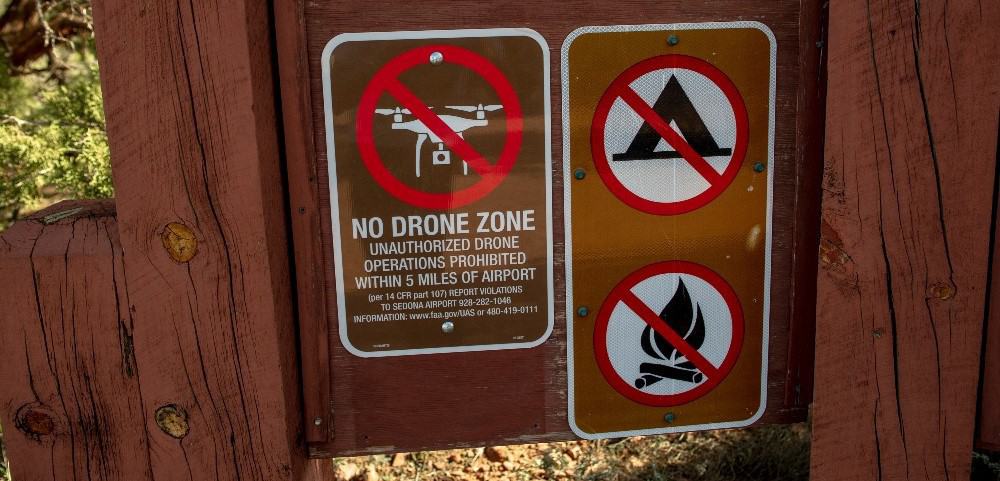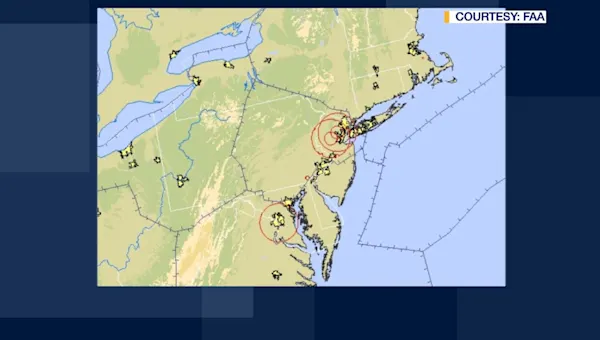All right gentlemen, let's see if I can clear the mud about class E airspace....
I think the confusion lay in the fact that sometimes, class E airspace starts at 700 feet, or 1200 feet or 12,500 feet!
But wait! There is more!
Sometimes, class E airspace extends all the way down to the surface of the airport... In this case, yes, a hobby flyer would need prior authorization . ( see pic of Watertown regional airport in South Dakota)
In Sedona's case, Class E starts at 700'. The fact that the airport is in magenta, means that it is un-towered. See how it is surrounded by a magenta area? It means Class G starts at the surface, and goes to 699'. Class E starts at 700', all the way to 18,000' where it becomes class A and completely irrelevant to a drone pilot.
The AC listed below is only talking about theses airports that have classe E all the way to the ground, hence the "Within the lateral boundaries of the SURFACE area of class E"
How do I know when the airport is a class E all the way to the ground?
It looks a lot like Class D airspace, but with a magenta border instead of blue. (see example)
Source:

 www.boldmethod.com
www.boldmethod.com
I think the confusion lay in the fact that sometimes, class E airspace starts at 700 feet, or 1200 feet or 12,500 feet!
But wait! There is more!
Sometimes, class E airspace extends all the way down to the surface of the airport... In this case, yes, a hobby flyer would need prior authorization . ( see pic of Watertown regional airport in South Dakota)
In Sedona's case, Class E starts at 700'. The fact that the airport is in magenta, means that it is un-towered. See how it is surrounded by a magenta area? It means Class G starts at the surface, and goes to 699'. Class E starts at 700', all the way to 18,000' where it becomes class A and completely irrelevant to a drone pilot.
The AC listed below is only talking about theses airports that have classe E all the way to the ground, hence the "Within the lateral boundaries of the SURFACE area of class E"
How do I know when the airport is a class E all the way to the ground?
It looks a lot like Class D airspace, but with a magenta border instead of blue. (see example)
Source:

Class E Airspace, Explained
Class E is the most common type of airspace in the United States, but it's often the least understood.
Attachments
Last edited:



















